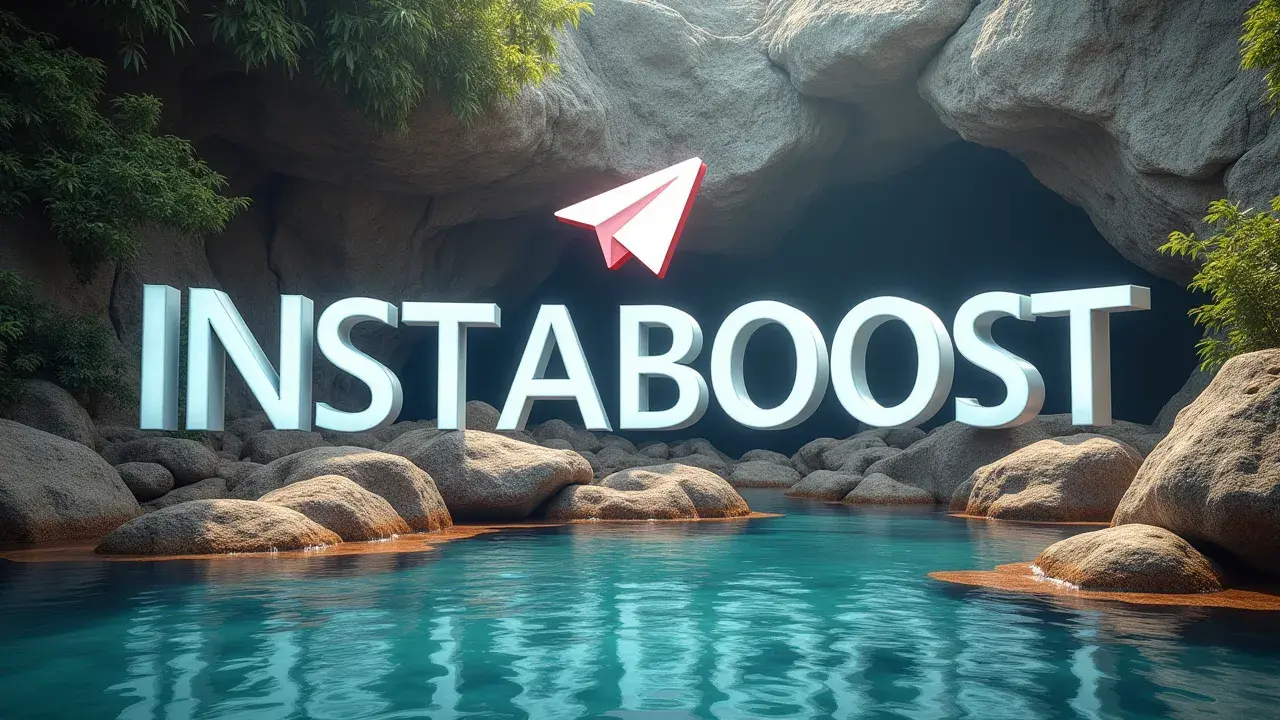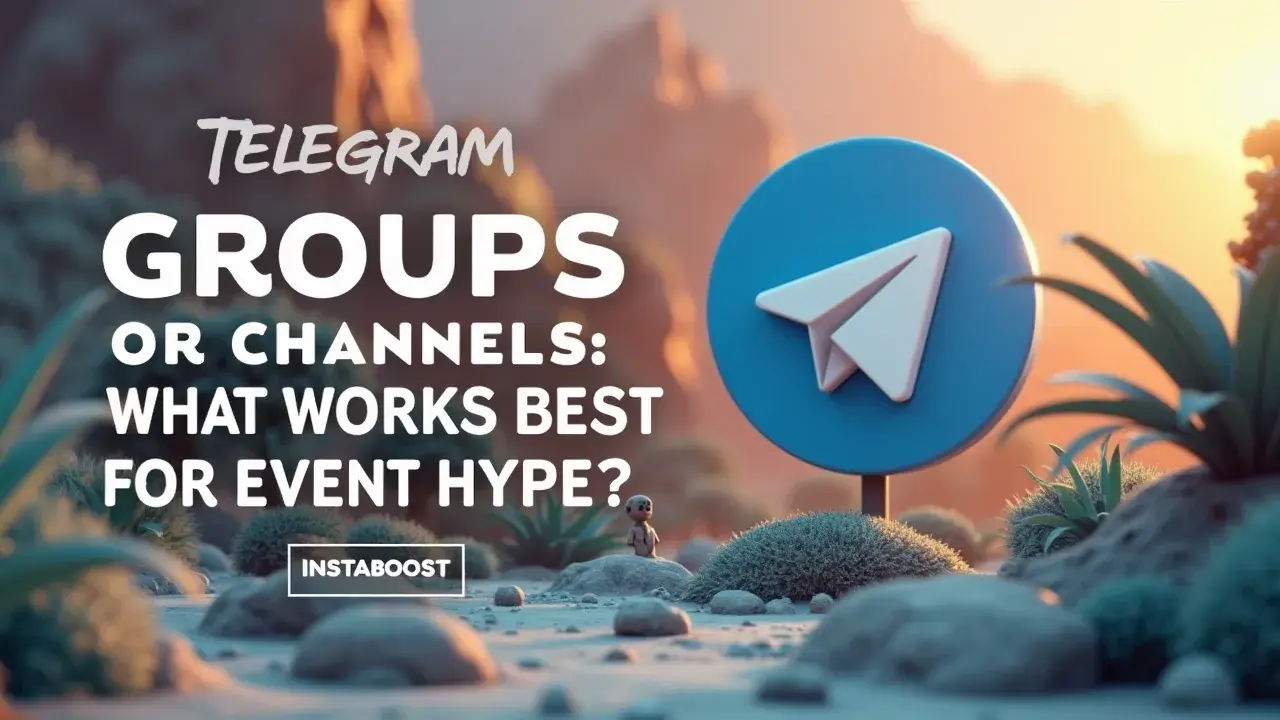Telegram Groups or Channels: What Works Best for Event Hype?
Both formats can build anticipation, but they excel differently. Channels drive broadcast-style hype with consistent announcements, visuals, and countdowns that keep attention focused. Groups enable two-way conversation, polls, and rapid feedback that amplify engagement when moderated and aligned to clear rules. Choosing based on desired control versus interaction, then timing posts and managing participation, leads to stronger pre-event momentum and a better signal-to-noise balance.
Why the Telegram Format You Pick Shapes the Entire Event Hype Machine
A lot of people think that having a bigger online reach will naturally make an event more interesting or talked about, but from what I’ve seen, that’s not always the case. Over the years, watching different communities try out their online campaigns, I’ve noticed that many run out of steam because the organizers picked the wrong type of Telegram space.
Deciding between a Group and a Channel isn’t only a technical thing – it has a real impact on how people end up interacting and whether they feel like they’re part of something. Often, people just set up whatever they’ve seen others use, without stopping to consider what each one actually allows: who can speak up, who just watches, how easy it is for people to connect or start a conversation.
Deciding between a Group and a Channel isn’t only a technical thing – it has a real impact on how people end up interacting and whether they feel like they’re part of something. Often, people just set up whatever they’ve seen others use, without stopping to consider what each one actually allows: who can speak up, who just watches, how easy it is for people to connect or start a conversation.
These things seem small, but they can mean the difference between people actually getting involved or just ignoring the updates. For example, when a Telegram Group is set up thoughtfully – with clear guidelines, maybe some light moderation, and a place for questions or small talk – it usually feels more alive and welcoming. In contrast, Channels where only announcements go out tend to be quieter, and it’s easy for people to tune out, especially if their phones are full of notifications already. Lately, I’ve noticed some people experimenting with telegram engagement tools to try and bridge that gap, though the underlying group dynamics still matter most.
This isn’t just about preferences, either; it’s about how people want to connect these days, especially when they’re spending so much time online. Instead of copying what’s worked somewhere else or assuming all spaces work the same, it’s worth looking at how these formats actually shape the way people join in and whether it makes the event feel real to them. Before launching something, I try to think about these group dynamics, because if the goal is to actually reach people and have the announcement mean something, the setup quietly shapes what’s possible.

Why Your Choice of Space Sets the Tone for Belonging
Credibility isn’t about being the loudest voice in the room – it has more to do with whether people actually feel involved. That’s why the choice between using a Telegram Group or a Channel can matter more than most event organizers realize. I’ve seen teams put in a lot of effort and reach big audiences, sometimes even seeing massive telegram growth, but still find their campaigns stalling.
Usually, it’s not because the work wasn’t there, but because the format left people feeling left out, like they were observing from a distance instead of being part of it. There’s this common assumption that a large Channel, blasting updates to thousands, will automatically spark energy and bring everyone together. But in practice, one-way announcements tend to get ignored; after a while, people tune out if they feel they’re only being told things, not invited to respond.
What I’ve found, though, is that even small Groups – where people can actually reply, notice each other’s names, and share their own thoughts – tend to get people more involved. It’s less about the technical setup, and more about the kind of space you’re creating. When people have a way to react, ask questions, or even quietly keep up as others join in, that’s when they start to feel invested. That kind of atmosphere is what gets people genuinely interested, not just briefly paying attention because they got another notification. Choosing how you set up your Telegram space shapes whether people feel like they’re a part of something, or if they’re just watching from the outside. That sense of belonging – or the lack of it – really sticks with people, even after the event winds down.
Anticipation Fatigue: Why Your Hype Engine Needs Pacing
When you’re getting ready for an event, it’s easy to think that keeping everyone constantly updated and busy is the best way to build excitement. I’ve watched a lot of organizers do this, and honestly, it’s pretty common to forget that people’s energy runs out – yours included. With Telegram, for instance, Groups can be full of activity at first. People respond, conversations happen quickly, and it feels lively, but after a while, if there’s no break or direction, people start tuning out or even feeling worn down.
Channels are different – they’re more about sharing information than having a conversation, so things are quieter, but if updates are too frequent or don’t have much purpose, people stop paying attention there too. The thing is, building up to an event isn’t about a constant push; it’s about keeping a steady rhythm. Choosing between a Group or a Channel is partly about how fast or slow you want things to move. A lot of people get stuck on the idea that more chatter equals more excitement, but if you step back, it’s clear that what matters is how you keep people interested without exhausting them before the event even starts.
I’ve even seen people try to purchase telegram views safely just to boost the sense of activity, but even that only goes so far if the energy isn’t managed well. It helps to think about when people are most likely to pay attention, and when it makes sense to give them a break. The organizers who seem to handle this best pay attention to these ups and downs. They make it manageable for people to stay in the loop, so following along doesn’t feel like another thing you have to keep up with, and that’s usually what lets the interest stick around right up to the day things actually happen.
Maybe We’re Overvaluing Activity Over Actual Engagement
This is the part most people overlook, and honestly, it’s where enthusiasm can start to fade. When you’re trying to get people interested in an event on Telegram, there’s this assumption that success means the chat is busy or the Channel keeps lighting up with new posts. But after watching a few of these play out, I wonder if the real energy comes from what happens in the quieter moments, not the busy ones.
An active chat might look good at first, but it doesn’t always mean people are actually connecting or feeling excited. Sometimes, all those messages pile up and turn into noise, and it gets easy for the people who don’t want to shout over everyone else to fall out of the conversation. In both Groups and Channels, there’s a tendency to chase the next message, thinking that if people are talking, things must be working. I’ve noticed, too, that even small signals – like when you order telegram reactions for a post – can make a space feel more alive, even if most people are just reading quietly. Some of the best events seem to sneak up in those silent stretches, when people are taking it in or just feeling comfortable in their corner – even if they aren’t typing anything. The real strength might have more to do with making space for those kinds of moments, instead of focusing on keeping things loud all the time. If everyone’s trying to keep the hype going without giving it room to settle, it can start to feel tiring, both for the people running things and the people showing up.















